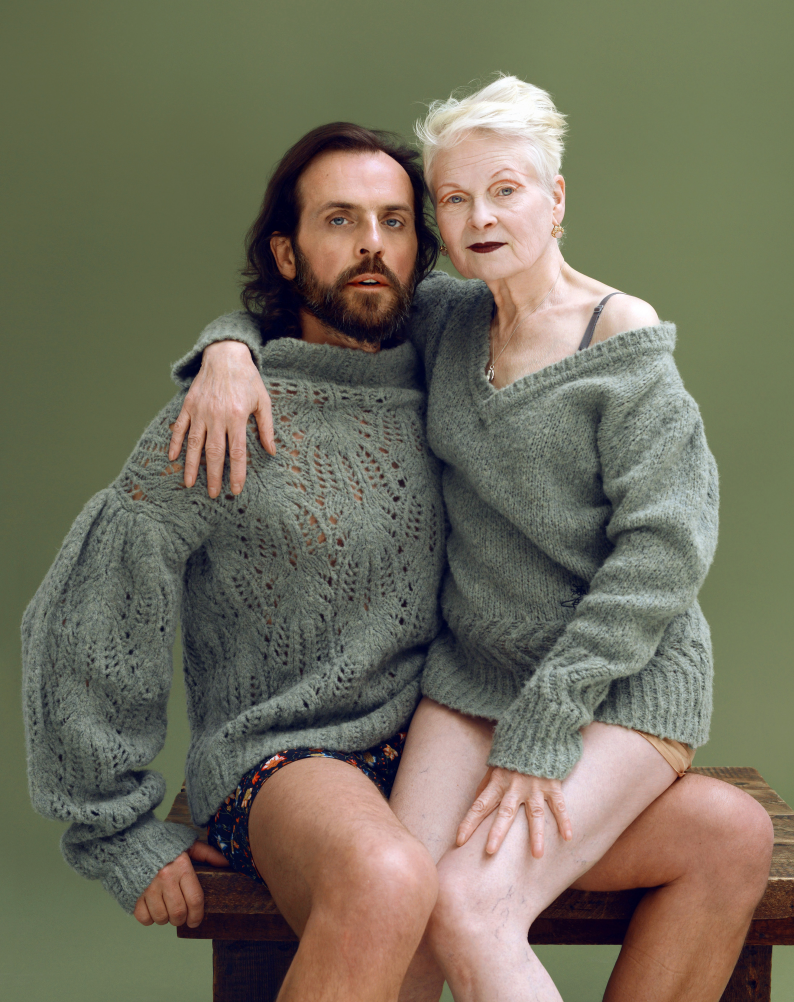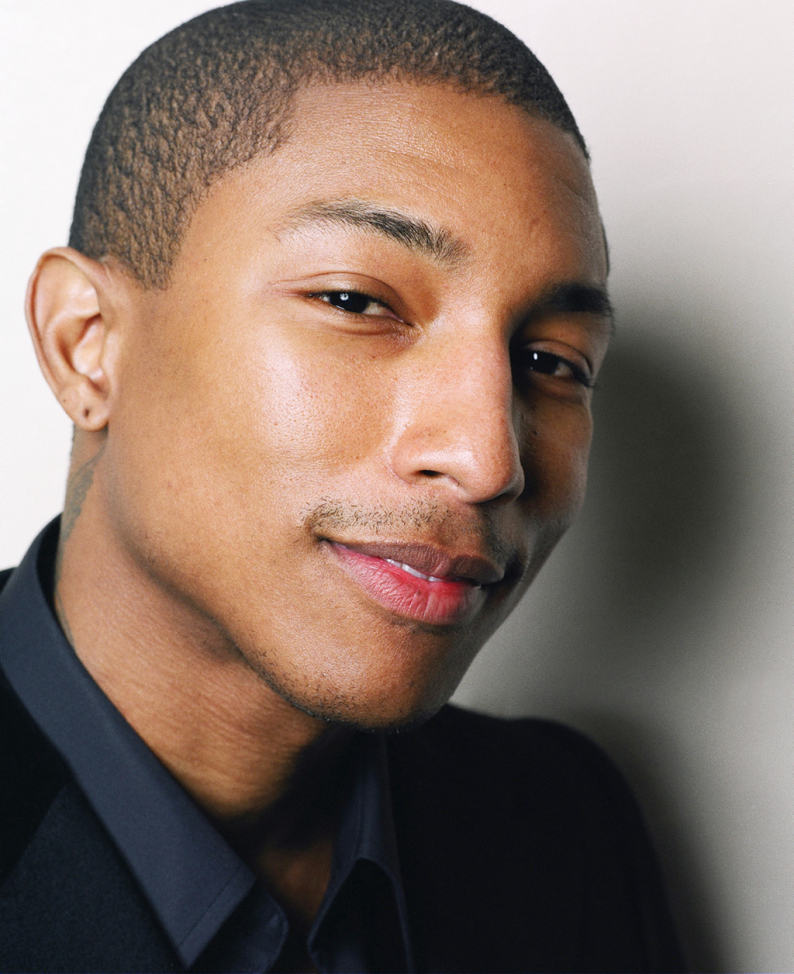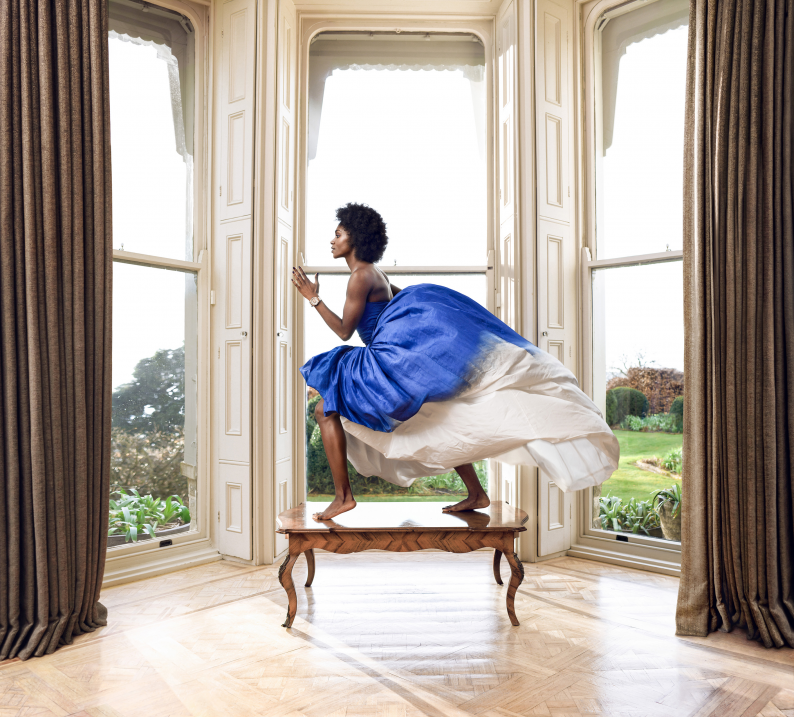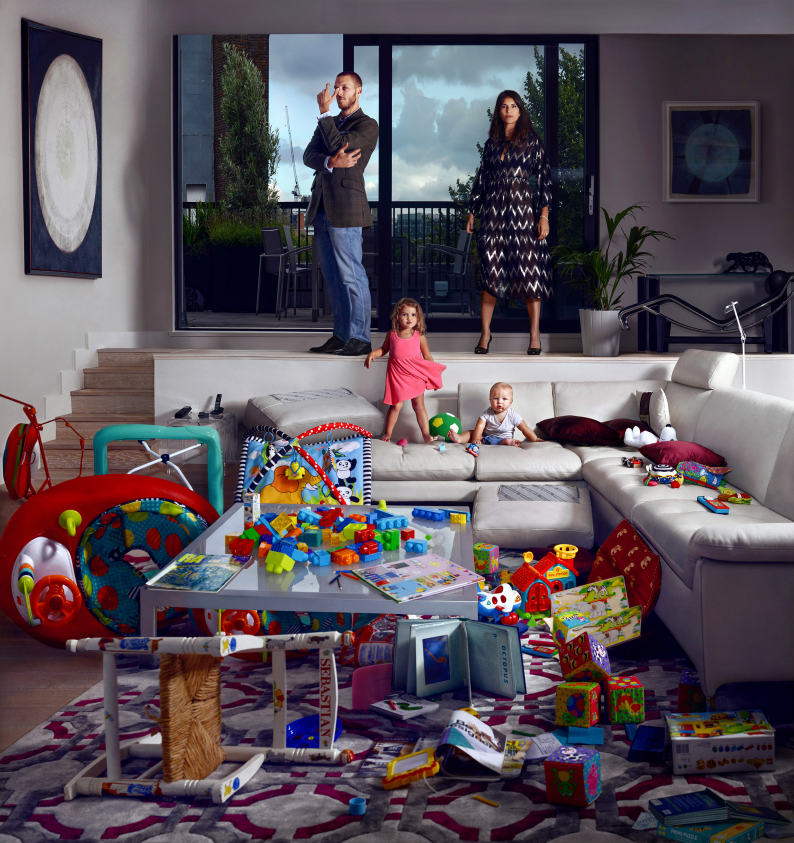News
AOP Member Focus: Frederic Aranda
19 March 2021
We speak to AOP Accredited Photographer Member Frederic Aranda about his Portraiture work. An AOP Awards finalist in 2019 and 2017, Frederic specialises in both Individual and Group Portraiture.

Can you tell us about your background and how you got into photography?
Hello! I’m a self-taught portrait photographer specialising in Group Portraits. I discovered photography by accident while studying Japanese at university twenty years ago. During that summer my parents went through a painful divorce and in a rather desperate attempt to distract my mother from her difficult situation, I convinced her to lend herself to a photoshoot on the same day she kicked my father out. We spent an entire day having fun taking portraits of her around the flat using whatever we could find to create backdrops and lighting. I could tell that the shoot made her feel beautiful at a time when she needed it most, so we just kept going. At university during term time I practiced on my friends to improve my technical skills. There was a cheap photo studio nearby that I rented by the hour and I invited friends to drop in for portraits: they were willing to put up with me for hours while I worked things out. Soon after, my father suddenly cut me off financially so I saw an opportunity to become financially independent by selling photoshoots/portfolios to fellow students or anyone who needed headshots for their acting careers etc… I charged £50 per portfolio. I learnt how to process and print my own images in the darkroom and streamlined the whole process to make shoots as inexpensive as possible. This is how I supported myself for my last few years of study before I moved to London to start working for magazines and private clients, something I still do today.

How did you come to specialise in ‘Group Portraiture’ imagery?
I ask myself this question every day! I am quite a reserved person and don’t enjoy telling people what to do, so it’s quite interesting that I have put myself in the position of having to lead entire groups of people. But I am often deeply inspired by ideas for group compositions at a conceptual level, and when I have an idea for a photograph I’m good at communicating my enthusiasm to others and making them understand what I’m trying to do. I’ve been shooting groups since my university days when I brought together a group of eleven people that I admired from across the student body. They posed for an entire day without moaning and allowed me to tweak everything down to the smallest detail, as I didn’t know how to use photoshop at the time and needed to get it all done in camera. A few years later, Vogue got in touch asking if I could take a group portrait of all the international editors including Anna Wintour, saying that they needed someone to get it all right in camera as the image had to be released to Getty Images 30 mins after the shoot and there was no time for retouching. I accepted the job as I knew how to do it from my previous experience with my friends. The image went viral and this led to other projects.
- What is it that attracts you to this genre of photography?
The challenge. Conceptually and technically. Group Portraiture is something I have always loved because I see patterns in groups that I don’t see in individual portraits. The way entire figures or just their limbs can sometimes align or oppose in such ways that they collectively create dynamic currents crisscrossing through the image. The stories that can be told as a result and all the subtleties in the interactions between everyone, all these things have always fascinated me. Making each person look good individually but also as part of a whole. And this introduces a technical challenge, as it’s hard to keep your eye on each individual while also directing everyone as a group. What if one person is flagging, while all the others are going strong? It’s your job as the photographer to keep everyone motivated, while also keeping them all lit properly, in focus and with all their eyes open!
- Your second book "California Elegance: Portraits from the Final Frontier (Mondadori/Rizzoli USA) has just been published can you tell us more about it and how it came about?
It’s the biggest project I’ve ever done and it took six years from start to finish. It’s a 432 page coffee table book about the people that make California such a global powerhouse and world leader in so many fields. It’s a tribute to their optimism, resourcefulness and infinite imagination at a time when they are under increasing threat on a social, environmental and technological level. I spent years travelling across the state with writer Christine Suppes meeting Californians from all walks of life and photographing them in their own environments: firefighters, park rangers, farmers, activists, scientists, artists, politicians and more…. It has been a deeply humbling experience to listen to their stories and communicate them through image and text. What really stands out now that the project is complete is the sheer diversity of the place, not just in its people and culture, but also in its terrain and ecosystems and its intellectual diversity. A place that embraces such diversity in the face of many challenges is elegant to the extreme.

How has the pandemic affected your work and what have you channelled your energy into during this time?
I used the first lockdown to finish editing the book together with Mondadori the publisher based in Milan. We did it all by email and phone and then did colour proofing via post. I feel privileged to have had such an uplifting project to work on during this difficult time, and sharing all these incredible stories has helped give me purpose. I wish I could say that I used this time to take more pictures at home but I have not been inspired to do so. What I have been inspired to do during this time - and this shows how dire things are - is to back up and consolidate my entire archive from the past 20 years in one place onto data centres totalling about 60TB just to give me extra peace of mind and to make finding old photographs quicker. Yes this is what my life has become! I’ve also backed all the important files online for the first time (using the valuable advice of AOP photographers on the forum!). What used to take me a day to find now takes me 30 seconds. It’s as good as that!

What does it mean to you to be a member of the AOP?
It means helping each other out to make the correct moves and decisions as photographers. When I needed advice on what professional insurance to get, or what backup service to use for my archive, I simply asked the AOP List for their advice. It’s priceless. I also chime in to give advice if I feel I can be of help. I think I speak for a lot of people when I say that photographers can be a bit protective of what they’re up to, so you cannot put a price on having a direct line to hundreds of photographers willing to help each other out. The AOP seems to have stripped a lot of those onion layers and got people to talk. On a higher level, it’s also been amazing to see when photographers collectively agree not to undersell their work for the greater good of the industry- something which has come up by mutual accord on the forum more than once. Where else would we be able to discuss such things? The legal advice is also outstanding. I’ve been on the phone to Nick Dunmur several times asking for his advice on all sorts of contracts and license agreements which I would have been clueless about otherwise. On a creative level, the Awards are something I see as a creative forum where you can learn off each other’s latest work that year and see the best of the best. I haven’t ever won anything, but I will keep trying!
https://fredericaranda.com



